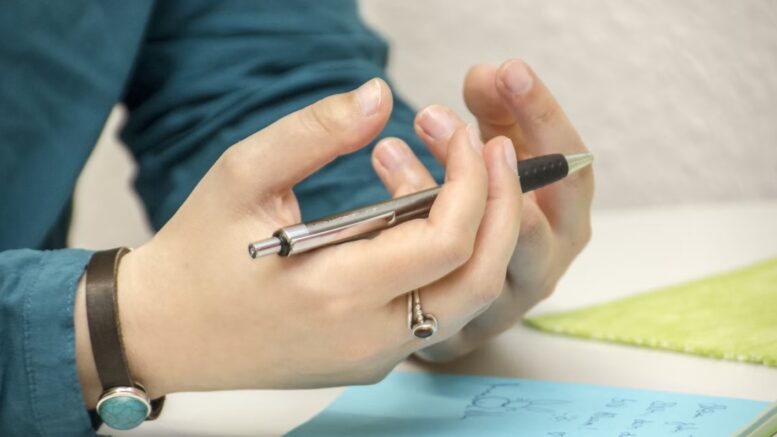Carpal tunnel syndrome is a common condition that affects many people. It occurs when the median nerve runs from your forearm into your hand and becomes compressed at the wrist. This compression can cause pain, numbness, tingling, and weakness in the affected hand. Carpal tunnel surgery is a common treatment for this condition. However, it can take several weeks or months to recover fully.
This article will explore seven hand therapy techniques that can help with carpal tunnel surgery recovery.
Range of motion exercises
After carpal tunnel surgery, it’s essential to start with gentle range-of-motion exercises to avoid stiffness and maintain flexibility. Your hand therapist will guide you through a series of exercises to help you move your fingers, wrist, and hand without causing any discomfort. These exercises will also help improve your grip strength and increase your hand’s range of motion.
Scar massage
Scarring is a common occurrence after carpal tunnel surgery. It’s essential to start massaging the scar tissue as soon as possible to prevent it from becoming too stiff. Scar massage can help reduce swelling, increase blood flow, and prevent adhesions from forming. Your hand therapist will show you how to massage the scar tissue properly and safely.
Sensory retraining
Carpal tunnel syndrome can cause changes in sensation in the affected hand. After surgery, it’s common to experience numbness or tingling in the hand or fingers. Sensory retraining exercises can help the brain recognize different sensations and restore normal feelings to the hand. Your hand therapist will guide you through exercises that will help improve your sense of touch and proprioception.
Strengthening exercises
Strengthening exercises are essential to the recovery process after carpal tunnel surgery. These exercises will help improve your grip strength and overall hand function. Your hand therapist will guide you through exercises that gradually increase in intensity and difficulty as you recover.
Edema control
Swelling is a common occurrence after carpal tunnel surgery. Edema control techniques, such as elevation and compression, can help reduce swelling and promote healing. Your hand therapist will show you how to properly elevate and compress your hand to reduce swelling and discomfort.

Ergonomic modifications
Ergonomic modifications can help prevent carpal tunnel syndrome from recurring after surgery. Your hand therapist will show you how to modify your work environment to reduce strain on your wrist and hand. Adjusting your desk or computer screen height, using an ergonomic keyboard and mouse, or taking frequent breaks to stretch and rest your hands may help.
Home exercise program
A home exercise program is essential to the recovery process after carpal tunnel surgery. Your hand therapist will design a customized exercise program that you can do at home to help speed up your recovery. Following your home exercise program is essential to ensuring the best possible outcome.
Conclusion
Carpal tunnel surgery recovery can be a long and challenging process. However, with the help of a hand therapist and these seven hand therapy techniques, you can speed up the recovery process and get back to normal faster. Contact your hand therapist or healthcare provider if you have any questions or concerns about your recovery.
